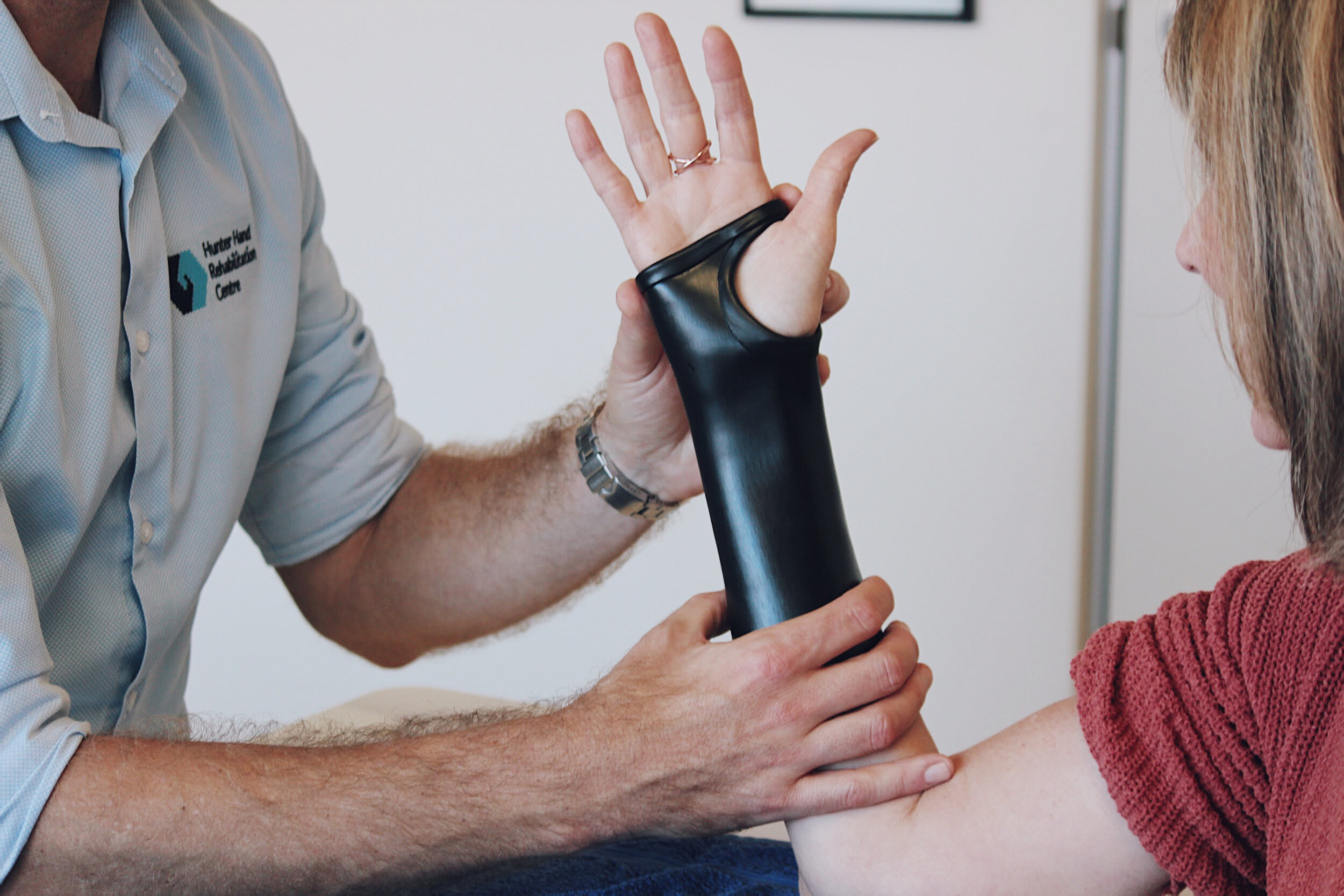Numbness and tingling in your fingers? You may have Carpal Tunnel Syndrome
Carpal tunnel syndrome is one of the most common conditions we see at Hunter Hand Rehab. It is also commonly misdiagnosed. Many of our patients have been told they it but this is not always correct. So….. how can you tell if you have carpal tunnel syndrome?
Carpal tunnel syndrome occurs when the median nerve is compressed as it passes under a ligament (through the carpal tunnel) at your wrist. The carpal bones form a ‘C’ shape around the back of your wrist and the transverse carpal ligament forms the roof of the tunnel.
Common symptoms include numbness and tingling in the thumb, index, middle and half of your ring finger. These symptoms and pain in your wrist will often wake you at night time or be present when you wake up in the morning. People often feel they need to shake their hands to get rid of the tingling. Our patients also report weakness and clumsiness in their hand, often dropping things during the day. The symptoms are also common when driving, riding a bike, typing and holding a phone.
Carpal tunnel syndrome is most common in women, usually middle aged or older. However, the cause of carpal tunnel syndrome includes anything that decreases the space in the carpal tunnel. This may be an injury to your wrist, obesity, pregnancy or those with diabetes or arthritis.
There is some debate as to whether carpal tunnel syndrome is work related. There is certainly an association with activities that involve sustained wrist flexion (like when sleeping), repetitive gripping, vibratory tools and cold working conditions.
Our treatment is focused on reducing the pressure on the median nerve and promote its normal gliding motion through the carpal tunnel. Splinting, usually at night, is usually recommended and can be fitted or fabricated during your therapy session. This minimises the pressure on the nerve when you sleep by stopping your wrist curling. Other treatment options may include application of heat, soft tissue massage, taping and nerve gliding exercises are also beneficial. Your therapist will also provide education on activity modification and postures to avoid.
Does this sounds like you? If so, please get in touch.

